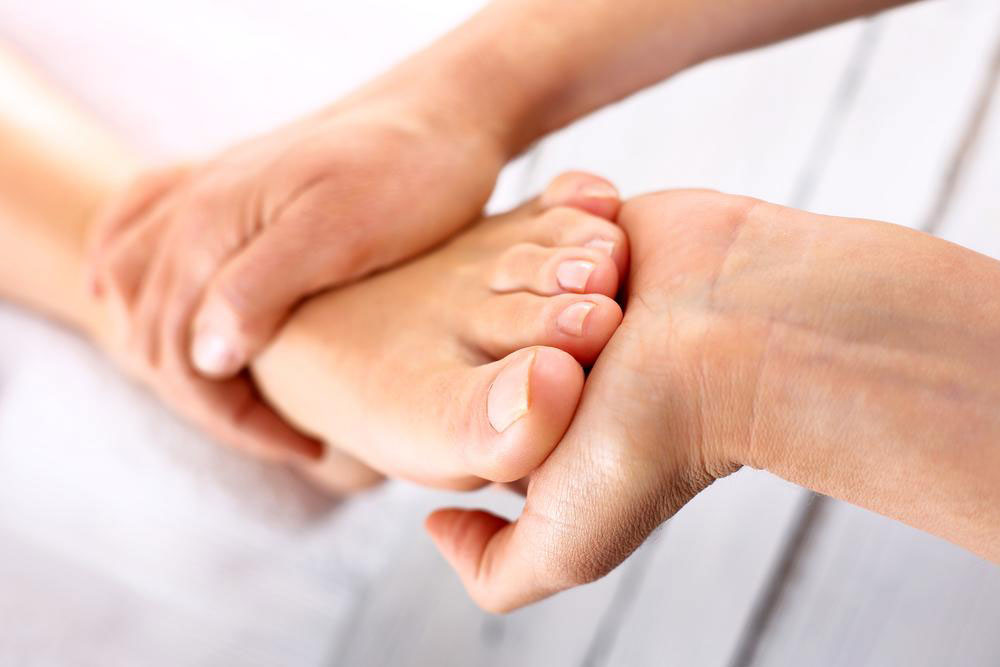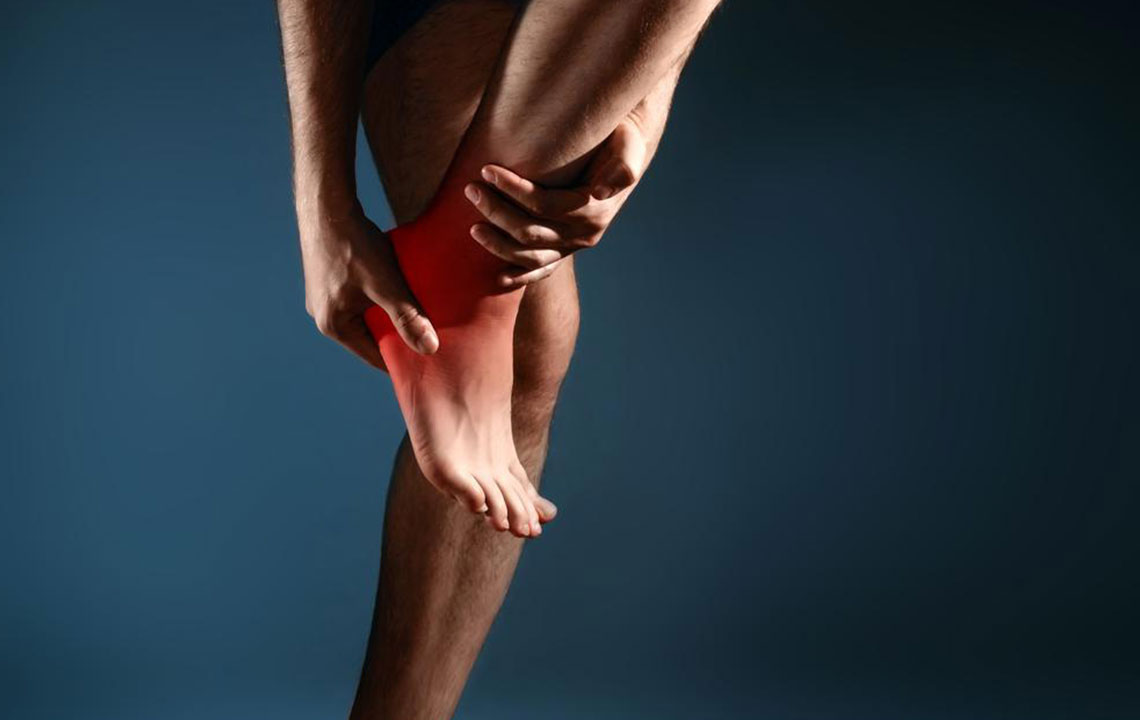Heel pain – Its causes and symptoms
Heel pain is one of the common foot problems that can be found in many adults across the country. They usually experience pain under the heel (The medical term of which is plantar fasciitis). It is located just beneath the Achilles tendon that connect to the heel bone.
Although rarely a health threat, heel pain can be severe and may persist and become chronic. The heel bone (called calcaneus) is one of the largest bone from 26 bones in the human foot.

Heel pain has majority of causes, most of them mechanical. It can also be caused by arthritis, autoimmune problems, and physical trauma.
There are symptoms that you can look for and know whether the heel pain is temporary or chronic. Heel pain can typically come in gradually, with no injury to the affected area. It can be triggered wearing a pair of flat shoes such as flip-flop sandals for longer time. The footwear may affect the plantar fascia to such an extent that the area becomes swollen.
Other symptoms may include dyskinesia (which simply means pain after rest)”the symptoms get worse just after getting out of bed in the morning or after a period of long period of rest during the day.
The symptoms might disappear as the day progresses, when the person gets involved in physical activities, but it may worsen towards the end of the day.
The situation could be serious and you may have to call in a doctor if there is a severe pain accompanied by swelling near your heel, there is numbness or tingling in the heel and you unexpectedly feel feverish, you cannot bend your foot downwards, or cannot stand with the backs of your feet raised. See a doctor if the heel pain has persisted for more than one week.




